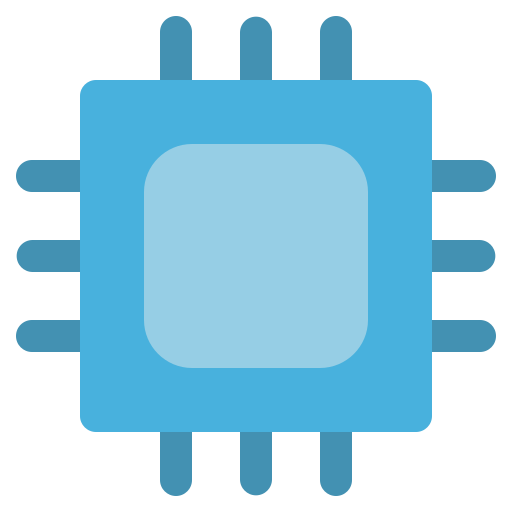

A term means something and applies somewhere.
Words are redefined all the time. Kilo should mean 1000. It was the international standard definition for 150 years. But now with computers it means 1024.
Confabulation would have been a better choice. But people have chosen hallucinate.



It was performative after Musk’s sieg heil crashed Tesla sales.